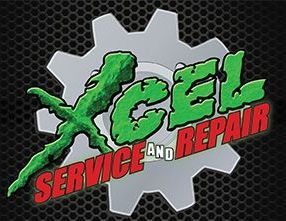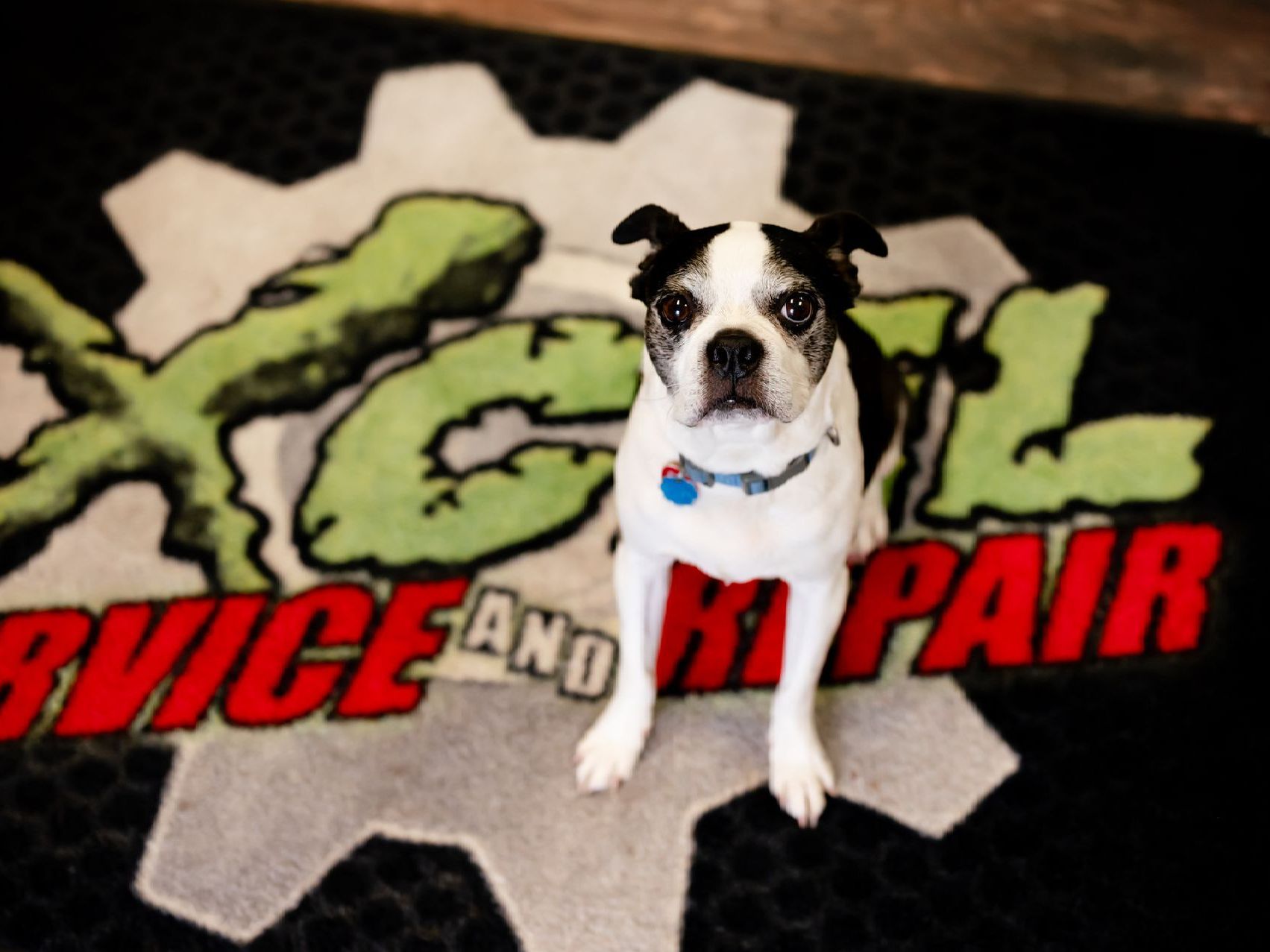Brakes
Pads/shoes
Rotors/drums
Calipers
E-brakes
Hoses/lines
Everyone knows brakes provide the stopping ability for your vehicle. But few take time to inspect their brakes to make sure the vehicle can stop on a dime when something unexpected happens. Brake pads and rotors work together applying friction in order to stop your vehicle. Due to the constant friction, brake pads wear down. If pads wear too far, the pads will begin to cut grooves in the rotor. When this occurs, both pads and rotors will need to be replaced. This creates a more expensive repair than if the brake pad wear was caught early-hence preventive maintenance (brake inspections). Another part of the braking system is E-brakes (Emergency brakes). Xcel recommends you either consistently use your E-brake or you don’t use it at all (automatics only). E-brakes can rust and seize up if they are not used often.
Brake lines also play an important role in the braking process. The brake lines run between front and rear and side to side, allowing brake fluid to flow to each caliper, which in turn squeezes the brake pad in, causing the friction on the brake rotor causing you to stop. Because brake lines run under your vehicle, they are exposed to road grim and metals enemy-salt. Over time, brake lines can rust out which can create a hole. Holes in brake lines allow the fluid to run onto the ground instead of to the caliper, hindering the stopping process. Xcel recommends keeping the underside of your vehicle washed out to decrease road grim to slow down rust and corrosion that wreaks havoc on your vehicles’ undercarriage.


